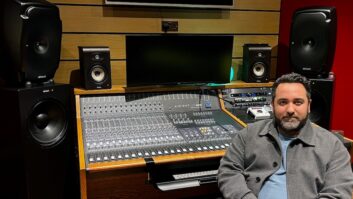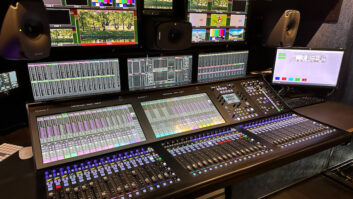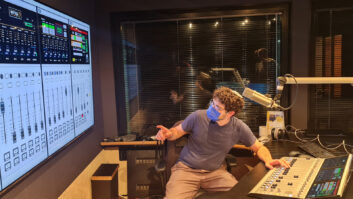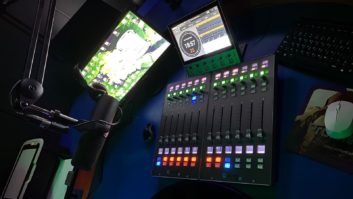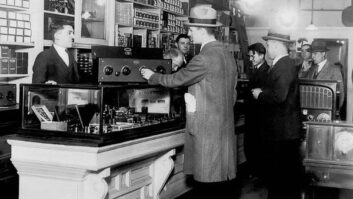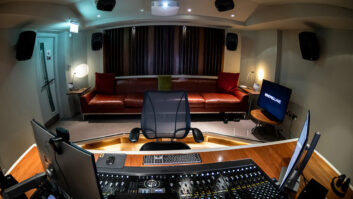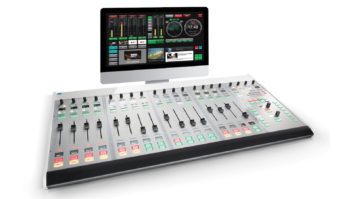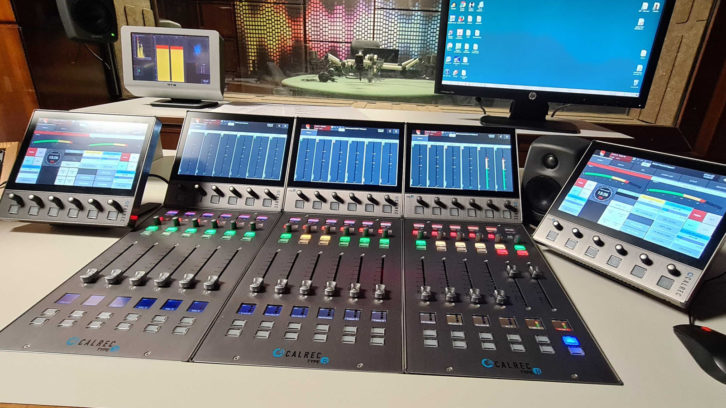
Montenegro (March 2, 2022)—As part of an upgrade of its production facilities, Radio and Television Montenegro (RTCG), the public service broadcaster of Montenegro, has installed an IP-networked system of Calrec audio equipment.
On the TV side, the broadcaster has installed three Calrec Artemis consoles, a router core, a Brio36 and two Type R consoles. For its radio operation it now uses five native IP Type R consoles, a Brio36 and a Hydra2 router. The broadcaster uses Calrec’s H2 IP Gateway technology to seamlessly integrate the proprietary and AoIP networks. The Calrec technology is being used by four TV stations and two radio channels within RTCG.
Dejan Vujovic, deputy general manager for technology at RTCG said, “This was a quantum leap for us as we moved to our current facilities in 1985 and haven’t reengineered them since then. Calrec’s audio technology is super-stable and fully featured, but above all it seamlessly supports analogue, AES and AoIP, which means we now have a true hybrid workflow which is completely transparent to users.”
South African Community Radio Gets AoIP Boost
On the TV side, an Artemis is used for live program productions, while Type Rs are used in continuity. Vujovic added, “We can control the Type R core from multiple panels as we move from one continuity to another or if we need multiple operators doing something more complex. The audio quality both in radio and TV has drastically improved. From an engineering perspective, everything works like a charm.”
The new audio architecture came to the fore on election night in 2021 with more than 10 outside locations reporting live into three TV studios, and several Skype/Viber/Zoom/telephone hybrid resources being used at the same time. All communications were handled from the Artemis consoles in conjunction with an Artist digital intercom network from Riedel.
